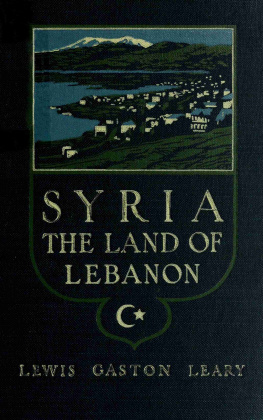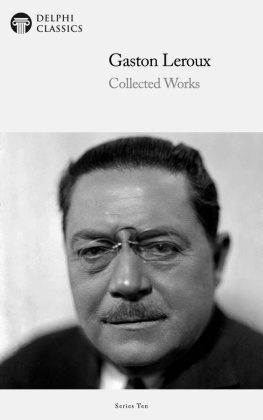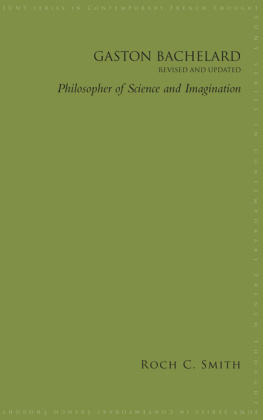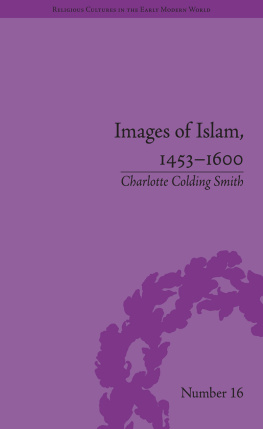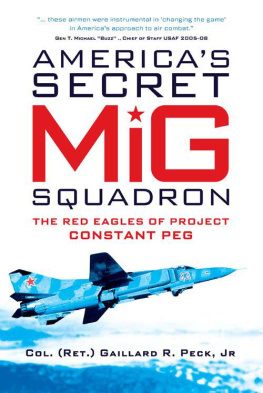Gaston Gaillard - The Turks and Europe
Here you can read online Gaston Gaillard - The Turks and Europe full text of the book (entire story) in english for free. Download pdf and epub, get meaning, cover and reviews about this ebook. year: 2015, publisher: Creative Media Partners, LLC, genre: Art. Description of the work, (preface) as well as reviews are available. Best literature library LitArk.com created for fans of good reading and offers a wide selection of genres:
Romance novel
Science fiction
Adventure
Detective
Science
History
Home and family
Prose
Art
Politics
Computer
Non-fiction
Religion
Business
Children
Humor
Choose a favorite category and find really read worthwhile books. Enjoy immersion in the world of imagination, feel the emotions of the characters or learn something new for yourself, make an fascinating discovery.

- Book:The Turks and Europe
- Author:
- Publisher:Creative Media Partners, LLC
- Genre:
- Year:2015
- Rating:4 / 5
- Favourites:Add to favourites
- Your mark:
- 80
- 1
- 2
- 3
- 4
- 5
The Turks and Europe: summary, description and annotation
We offer to read an annotation, description, summary or preface (depends on what the author of the book "The Turks and Europe" wrote himself). If you haven't found the necessary information about the book — write in the comments, we will try to find it.
The Turks and Europe — read online for free the complete book (whole text) full work
Below is the text of the book, divided by pages. System saving the place of the last page read, allows you to conveniently read the book "The Turks and Europe" online for free, without having to search again every time where you left off. Put a bookmark, and you can go to the page where you finished reading at any time.
Font size:
Interval:
Bookmark:

EUROPE
GASTON GAILLARD
1 FLEET LANE, E.C.
1921
| PAGES | ||
|---|---|---|
| I. | The Turks | -8 |
| II. | The Turkish Empire: | |
Its HistoryThe CapitulationsThe East, a Fashion in EuropeThe Turkish Empire and the War | -28 | |
| III. | Turkey and the War | -42 |
| IV. | Turkey and the Conference: | |
The Agreements before the ArmisticeOccupation of Smyrna by GreeceThe First Ottoman DelegationDismissal of the First DelegationSituation of the Ottoman Government and the Nationalist MovementForeign Interests in TurkeyResources of TurkeyThe Damad Ferid Cabinet resignsThe Ali Riza MinistryThe Marash IncidentsThe Urfa and Aintab IncidentsThe Silence of the United StatesThe Turkish Question ResumedThe Anglo-American Protestant CampaignRepercussions in IndiaRepercussions in Northern AfricaThe Indian Caliphate DelegationValue of IslamUnion of the ChurchesIslam versus OrthodoxyThe Persian National Movement | -150 | |
| V. | The Occupation of Constantinople: | |
The Treaty before the London and Paris ParliamentsResignation of the Salih Pasha CabinetThe New Damad Ferid Cabinet | -168 | |
| VI. | The Treaty with Turkey: | |
Mustafa Kemals ProtestProtests of Ahmed Riza and Galib KemalyProtest of the Indian Caliphate DelegationSurvey of the TreatyThe Turkish Press and the TreatyJafer Tayar at AdrianopleOperations of the Government Forces against the NationalistsFrench Armistice in CiliciaMustafa Kemals OperationsGreek Operations in Asia MinorThe Ottoman Delegations Observations at the Peace ConferenceThe Allies AnswerGreek Operations in ThraceThe Ottoman Government decides to sign the TreatyItalo-Greek Incident, and Protests of Armenia, Yugo-Slavia, and King HusseinSignature of the Treaty | -271 | |
| VII. | The Dismemberment of the Ottoman Empire: | |
1. The Turco-Armenian Question | -304 | |
2. The Pan-Turanian and Pan-Arabian Movements: Origin of Pan-TuranismThe Turks and the ArabsThe HejazThe Emir FeisalThe Question of SyriaFrench Operations in SyriaRestoration of Greater LebanonThe Arabian World and the CaliphateThe Part played by Islam | -356 | |
| VIII. | The Moslems of the Former Russian Empire and Turkey: | |
The Republic of Northern CaucasusGeorgia and AzerbajanThe Bolshevists in the Republics of Caucasus and of the Transcaspian IsthmusArmenians and Moslems | -369 | |
| IX. | Turkey and the Slavs: | |
Slavs versus TurksConstantinople and Russia | -408 |
THE TURKS
Font size:
Interval:
Bookmark:
Similar books «The Turks and Europe»
Look at similar books to The Turks and Europe. We have selected literature similar in name and meaning in the hope of providing readers with more options to find new, interesting, not yet read works.
Discussion, reviews of the book The Turks and Europe and just readers' own opinions. Leave your comments, write what you think about the work, its meaning or the main characters. Specify what exactly you liked and what you didn't like, and why you think so.

